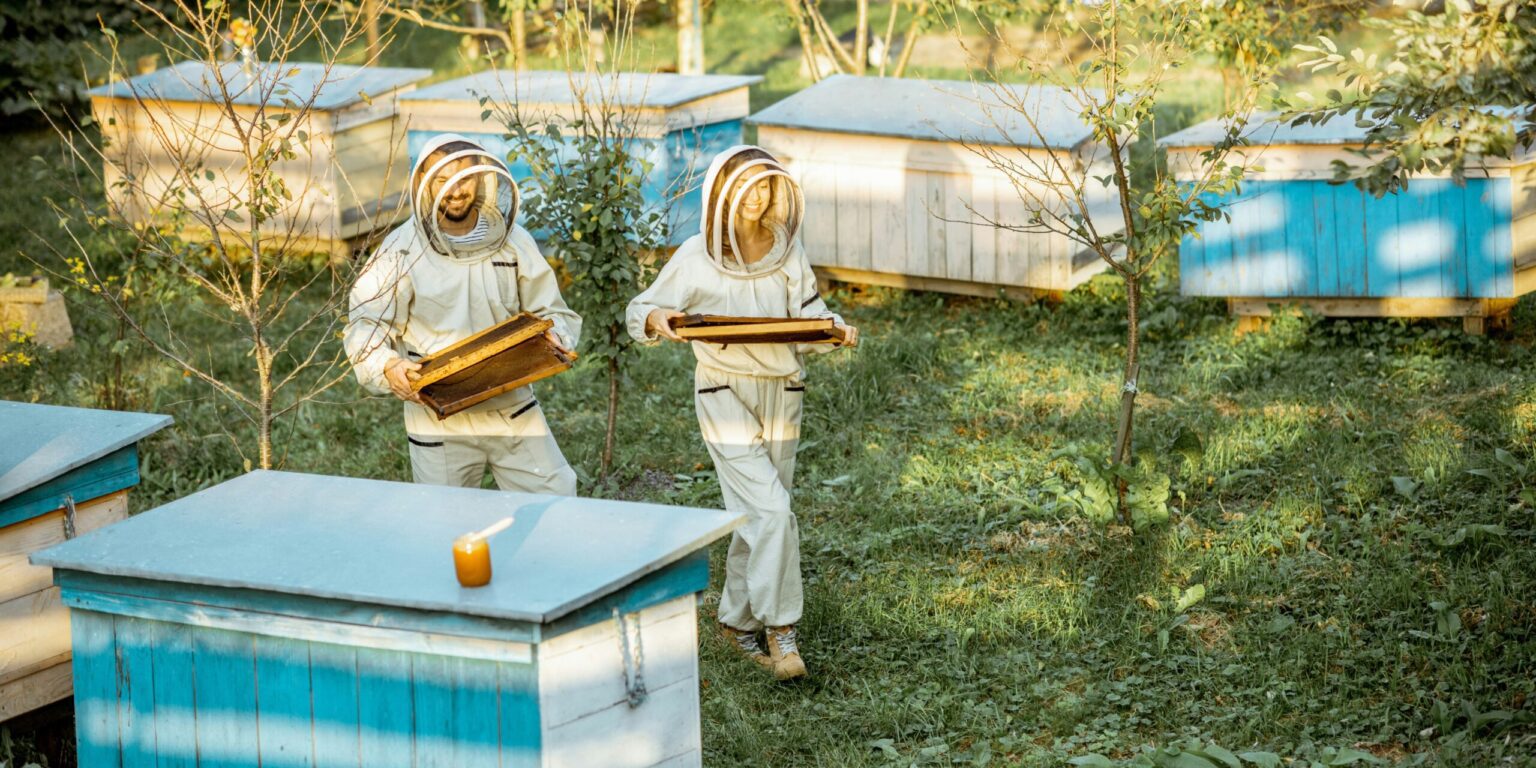Across the United States, communities are increasingly turning to a creative and sustainable solution to one of the most pressing ecological challenges of our time: pollinator decline. The practice of building and maintaining “bee hotels”—small, carefully crafted nesting structures designed to provide shelter for solitary bees—has surged in popularity as more people recognize the vital role pollinators play in food security and environmental health. This movement, often community-driven and deeply connected to broader sustainability goals, represents a marriage of traditional craftsmanship, ecological awareness, and, in some cases, gentle applications of modern technology.
Bee hotels differ from traditional beehives. While hives support honeybee colonies, bee hotels are designed for solitary bees such as mason bees and leafcutter bees, which do not live in large colonies but instead nest in small cavities. These species are incredibly efficient pollinators, often outperforming honeybees in certain contexts. Yet their natural habitats—such as hollow stems, wood cavities, or ground burrows—are diminishing due to urbanization, landscaping practices, and climate change. By providing artificial habitats, bee hotels help replenish critical nesting spaces, making urban and suburban environments more hospitable to pollinators.
Many bee hotels are built from locally sourced, natural materials such as bamboo, reeds, or untreated wood. The aesthetic appeal of these installations makes them popular additions to community gardens, schoolyards, and even residential backyards. Families and volunteers often take part in constructing them, which fosters a sense of environmental stewardship and community connection. For many participants, the act of creating a bee hotel is not only about conservation but also about education—giving children and adults a hands-on way to learn about ecology, biodiversity, and the interconnectedness of food systems.
An emerging trend within this movement is the integration of modest technology. Some projects have incorporated small sensors that track environmental conditions such as temperature, humidity, and occupancy rates. These sensors provide data that can help communities better understand how solitary bees interact with artificial habitats and what conditions best support their survival. This blending of low-tech craftsmanship with light-touch innovation creates an accessible form of citizen science, allowing everyday people to contribute to ecological research while deepening their relationship with nature.
The appeal of bee hotels has also been amplified by broader concerns about food production and climate change. According to the U.S. Department of Agriculture, pollinators are responsible for nearly one out of every three bites of food consumed in the United States. Their decline threatens not only wild ecosystems but also agricultural yields, from fruits and vegetables to nuts and seeds. The loss of pollinators could reverberate through entire food systems, raising costs and reducing availability of key crops. By supporting solitary bees, communities are not only protecting biodiversity but also contributing to food resilience at the local level.
Examples of bee hotel projects can be found nationwide. In cities like Portland, Minneapolis, and Austin, neighborhood groups have launched pollinator-friendly initiatives that include planting native wildflowers alongside bee hotels to ensure food sources for the insects. Schools are also embracing the concept, incorporating bee hotel construction into STEM and environmental science curricula. In some cases, nonprofits have partnered with universities to gather data from sensor-equipped hotels, feeding into larger research efforts to monitor pollinator populations and inform conservation strategies.
Globally, bee hotels are becoming part of an international grassroots movement. European cities, where pollinator conservation has been a policy priority for decades, have used them to bolster urban biodiversity, often placing installations in public parks or near city centers to raise awareness. This global context reinforces the idea that even small, localized interventions can contribute to a broader conservation effort.
For many individuals, the bee hotel represents a personal step toward living more sustainably. Unlike large-scale initiatives that may feel abstract or out of reach, building or supporting a bee hotel is tangible, immediate, and impactful. It provides people with a visible reminder of their role in nurturing the environment. In an age dominated by digital connectivity and urban sprawl, these small wooden structures stand as quiet testaments to resilience, stewardship, and the possibility of coexistence with the natural world.
The growing popularity of bee hotels demonstrates that ecological responsibility does not have to be complicated or inaccessible. With a few simple tools, natural materials, and in some cases a bit of sensor technology, communities can contribute meaningfully to pollinator conservation. By merging human creativity with ecological care, the rise of bee hotels highlights a hopeful trend: a collective embrace of practices that foster biodiversity, community connection, and a healthier balance between people and the natural environment.
